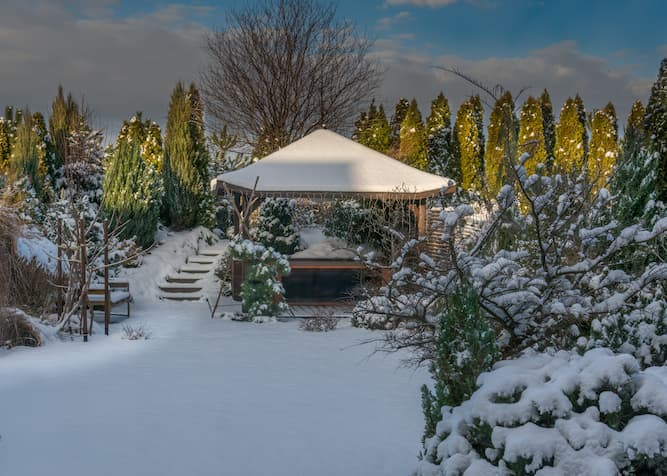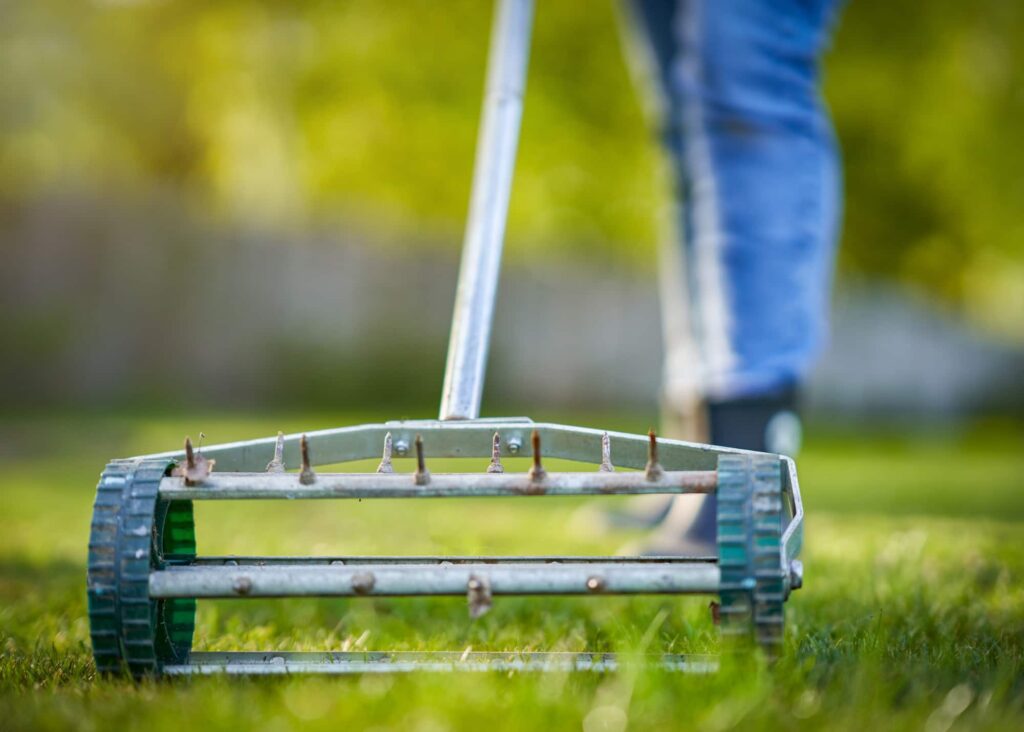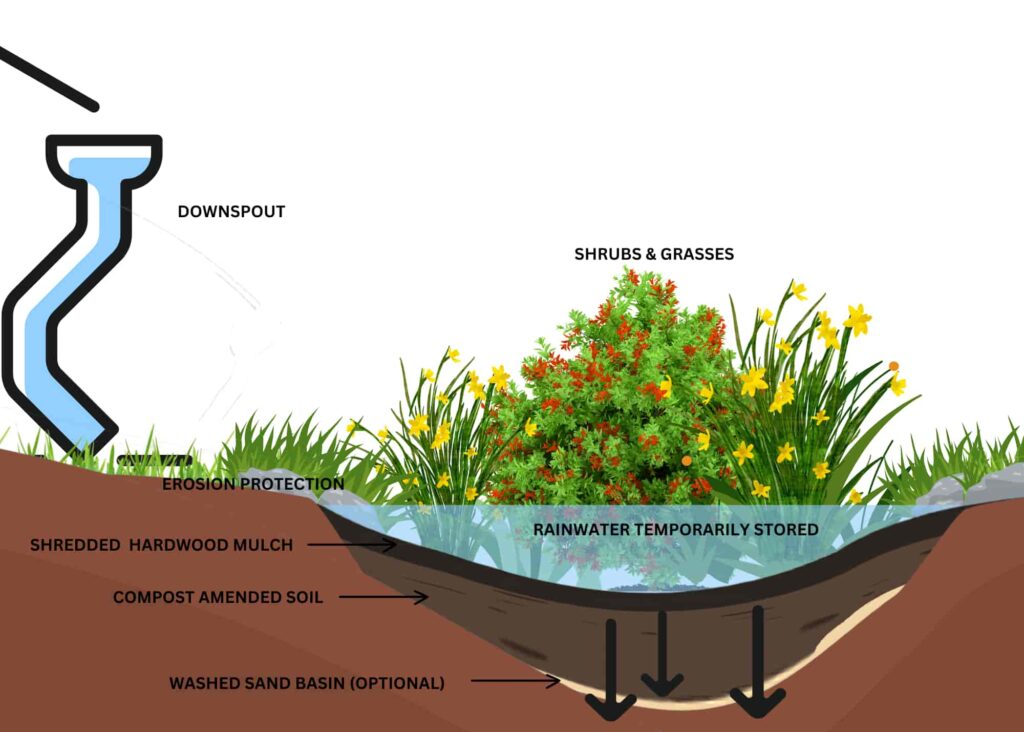If you’re a homeowner, you may feel like your garden is a beautiful sanctuary. Through hard work and passion, the end result reflects your labor. You carefully choose the bushes, fruits, trees, vegetables, and flowers you plant and take pride as you watch them grow and bloom.
However, warm weather doesn’t last, and winter freezes, snow, and ice can threaten the garden you’ve cultivated. You may wonder how to maintain your garden in winter. The good news is that through careful planting strategies and protective measures, you can protect the fruits of your labor and passionate gardening work.
Whether your garden provides added aesthetic value to your landscape or you built a garden to grow food, learning to protect and maintain your garden in the winter months can be cost-effective and reduce the amount of gardening work needed once the spring thaws and the summer sun returns.
Table of Contents
Residential gardening in the U.S.
If you’re a homeowner who loves gardening, you’re not alone. Every year, over 71 million U.S. households participate in some type of gardening activities, and in 2022, over 80% of U.S. households took part in gardening activities.
Most U.S. residential gardens grow flowers, vegetables, and plants and the average amateur gardener spends at least 5 hours a week tending to their garden.
Winter weather doesn’t have to mean the death of your garden. Your devotion can be protected through cold months and snowstorms, but you’ll need to take proactive steps to ensure you don’t have to start from scratch every year.
What you need to know about garden maintenance
You can hire a professional landscaping team to take care of your garden maintenance throughout the year, or you may decide to tend to your garden as a DIY project. However, it’s important that you consistently check the health of your fertilizer and mulch, prune plant overgrowth, water your plants, and pull out weeds throughout the year.
If you have a wide array of plants in your garden, each may require a different type of care. Ensure you’re planting flowers, fruits, and vegetables that can thrive in your local climate, weeding regularly, and that you’re using healthy, nutrient-rich soil.
Plants that can’t be winterized
You may find that you can winterize most of the plants in your garden. However, garden maintenance alone may not protect all plants. You may be able to bring some plants indoors and re-pot them before the first frost. However, plants that cannot be maintained outdoors during the winter include:
-
- Bell peppers
- Bird of paradise
- Cannas
- Cucumbers
- Eggplant
- Hibiscus
- Marigolds
- Squash
- Tomatoes
- Zucchini

How much does garden maintenance cost?
Garden maintenance expenses depend on a variety of factors, including whether or not you choose to hire residential landscaping specialists or manage DIY maintenance. For example, DIY garden maintenance can cost below $50 or exceed $500, depending on the size and scope of your garden.
How much you spend on DIY garden maintenance could vary based on the following factors:
-
- Basic gardening tools
- Fertilizer
- Garden size
- Mulch used
- Plant selection
- Power tools and specialized gardening tools
- Scope of maintenance tasks
- Seed costs
- Soil needed
If you choose to partner with a professional landscaping team, the upkeep of your garden will be taken care of on a weekly or monthly basis (depending on the landscapers you choose). How much you spend on professional garden maintenance can also vary, depending on the seasonal services you use.
You may choose to pay an hourly rate, or sign a monthly or seasonal contract for professional landscapers. A landscaping team can also advise you on how to maintain your garden in the winter months. The factors that contribute to professional maintenance costs include:
-
- Garden size
- Hourly rates
- Monthly or seasonal contract rates
- Services used, such as fertilizing, lawn mowing, leaf removal, planting, hedge and tree trimming, seasonal cleanups, and weeding
10 tips to maintain your garden during winter
You shouldn’t have to stress about how to maintain your garden in winter, and thankfully, there are simple, proactive steps you can take to protect the fruits of your labor.
Here are ten tips to help you protect your garden throughout the year.
Choose Winter Plants
You can strategically add winter-friendly plants to your garden to ensure maintenance in cold weather. Vegetables like arugula, cabbage, kale, and spinach, and plants like FloralBerry St. John’s Wort, Spanish Dagger, and Double Shot Grape Azalea, thrive in the water, and you don’t need to water them as often as spring and summer plants.
Compost
Healthy soil loves compost! Adding compost to your garden beds can help to keep your soil nutrient-rich and plant roots thriving throughout the winter months. You can make your own compost by collecting food scraps, leaves, and paper in a bin, turning it, and lightly watering it. Let it sit for a couple of months, and then spread it throughout your garden.

Cover Crops
Along with adding compost, you can cover your garden beds by sowing cover crops to enhance the health of your soil. Cover crops include legumes like Crimson Clover, grasses like barley, brassicas like mustard, and forages like radishes.
Extra Mulch
Insulate the roots of your perennials, shrubs, and trees by adding an extra layer of mulch. Extra mulch can help to regulate soil temperature and prevent frost from killing roots.
Move Potted Plants
You can move potted plants that can grow indoors by repotting them in slightly larger pots, replacing the soil, loosening tightly wound roots, and lightly watering until you can move them back inside. You can also protect the roots of potted plants that can’t be moved inside with a frost cloth or a blanket.
Prepare Bushes and Trees
When bushes and trees are in a dormant stage of growth, you can cover them with small structures to prevent damage from heavy snow. However, you shouldn’t prune your bushes and trees in winter as pruning can stimulate growth which immediately dies.
You can prepare trees for winter by wrapping the trunk base with a pest-proof protective tree wrap. Tree wraps prevent premature thawing and keep your trees healthy when Spring arrives.
Protect Perennials
Most perennials don’t need to be pruned through the winter months. However, if you do prune your perennials, you should wait until the foliage has died and the ground has frozen over.
You can protect your perennials by covering them up with burlap or frost cloth when the temperatures plummet. Cold weather birds love to feast on perennial seeds, so it’s important to ensure that seed heads are accessible — protecting your perennials is great for wildlife, too.
Prune Berry Bushes
Prune your berry bushes in the late fall weeks before the first winter weather hits, and add extra mulch around their bases. This will help your berries to survive cold weather and thrive during the warmer months.
Remove Debris
By removing fallen leaves, broken sticks, and other debris, you can prevent the spread of cold-weather disease and pests from overtaking your garden. Natural pest control will help prevent pesky mosquitoes and beetles from ruining your garden with the first thaw of Spring.
Water Before a Predicted Freeze
Proactive garden maintenance before winter can help keep your plants healthy. By watering before a predicted freeze, you ensure the soil retains heat and moisture which reduces cold damage to your plants and helps to insulate plant roots.
By following these tips on how to maintain your garden during the winter months, you can save yourself the expenses and labor required to replant every year.
Founded in Naperville, Illinois, family-owned and operated Ware Landscaping is passionately committed to helping our Chicago area neighbors create the yards of their dreams. For over twenty years, we’ve been helping local residents protect their gardens through the harsh Chicago winters, and we provide customized solutions to meet your specific needs.
Connect with us for advice on how to maintain your garden during winter, and check out our website to discover our comprehensive services.











